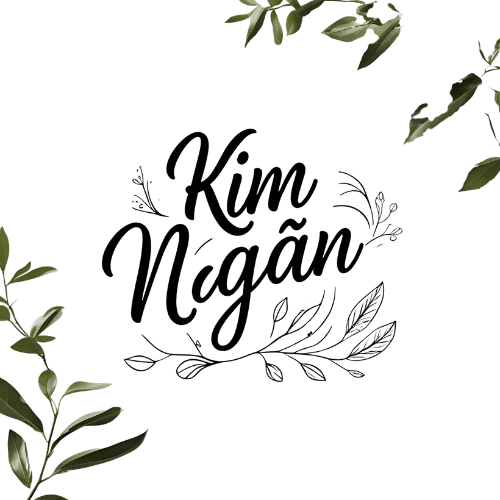🇯🇵 Kyushu – Where Volcanoes Warm the Earth and Hospitality Warms the Heart
🇯🇵 Kyushu – Where Volcanoes Warm the Earth and Hospitality Warms the Heart
Japan Travel Guide – By Region
In Kyushu, the ground breathes steam and stories.
The mountains are alive, the sea speaks in whispers, and the people welcome you like an old friend.
1. Overview & Highlights
Located in Japan’s southwest, Kyushu is a region shaped by fire and water—volcanoes rise, hot springs bubble, rivers rush through deep gorges, and coastlines stretch endlessly. But beyond nature, Kyushu is also a place where history runs deep, cultures blend, and kindness feels instinctive.
Here, samurai castles meet seaside churches. Lush green tea fields sit beside smoking calderas. And every town holds a different kind of warmth—geothermal and human.
Highlights:
– Beppu & Yufuin – Japan’s most atmospheric hot spring towns
– Mount Aso – one of the world’s largest active volcanic calderas
– Nagasaki – a city of layered history, beauty, and resilience
– Kumamoto Castle – one of Japan’s most impressive feudal fortresses
– Takachiho Gorge – dramatic cliffs, rowboats, and sacred mythology
– Arita & Imari – traditional pottery villages with centuries-old kilns
2. Culture & People
Kyushu has long been Japan’s southern gateway—open to outside influence, yet deeply connected to tradition. Portuguese and Dutch traders once landed here. Christianity took early root in Nagasaki. And today, that mix of global contact and local heart is still felt in its art, architecture, and hospitality.
People in Kyushu are known for their warmth and generosity. There’s a casual charm in the way locals chat at markets, or how ryokan hosts prepare your room with quiet pride. It’s a place where “welcome” is not just a word—it’s a way of being.
3. Must-Try Foods
Tonkotsu Ramen (Fukuoka) – rich pork bone broth, silky noodles, deeply comforting
Basashi (Kumamoto) – thin slices of raw horse meat, a local delicacy
Champon (Nagasaki) – hearty noodle soup with seafood and veggies
Kurobuta pork (Kagoshima) – tender, flavorful black pork
Mentaiko – spicy cod roe, often served over rice or pasta
Shochu – the regional spirit of choice, smoother than sake
Kyushu’s food is bold, soulful, and deeply satisfying—the kind that stays with you.
4. Travel Tips
Best time to visit:
Spring (Mar–May) for cherry blossoms & festivals
Autumn (Oct–Nov) for clear skies and foliage
Getting there:
Fly into Fukuoka (main hub), or take the Shinkansen from Osaka
Getting around:
JR trains connect major cities, but renting a car is best for hot springs and nature
Weather tip:
Summers can be humid; winters are mild—perfect for onsen soaking
Connectivity:
Local SIM or pocket Wi-Fi is useful, especially in rural towns
5. Recommended Clothing
Spring/Autumn: Light layers and a rainproof jacket
Summer: Breathable clothes, sun protection
Onsen etiquette: Bring a small towel, tie up long hair, and bathe without swimwear (as per tradition)
6. Best Photo Spots
Yufuin’s Kinrin Lake at dawn – steam rises, stillness lingers
Takachiho Gorge – row under waterfalls between basalt cliffs
Kumamoto Castle – majestic, especially in spring
Nagasaki’s night view – glittering harbor lights from Mt. Inasa
Mount Aso – surreal volcanic landscapes with walking trails
Beppu’s Hells (Jigoku) – colorful thermal pools, from cobalt blue to blood red
6.1. Must-Visit Places & Experiences
Fukuoka – modern city with laid-back vibes, food stalls, and beach walks
Beppu & Yufuin – two different onsen experiences—one rustic, one artistic
Mount Aso (Kumamoto) – drive or ride near the steaming crater
Takachiho (Miyazaki) – for boat rides and Shinto legends
Nagasaki – visit the Peace Park, Glover Garden, and hidden Christian sites
Kagoshima – relax with a Sakurajima volcano view and black sand baths
Arita & Imari – admire hand-painted porcelain, or try a pottery class
Unzen – mountain escape with boiling earth beneath your feet
7. Suggested Itinerary (6–8 Days)
Day 1: Arrive in Fukuoka – explore yatai stalls and riverside parks
Day 2: Train to Kumamoto – visit the castle, try local cuisine
Day 3–4: Head to Aso & Takachiho – hike and row through gorges
Day 5–6: Onsen retreat in Yufuin or Beppu – slow mornings, steam baths
Day 7: Travel to Nagasaki – dive into deep history and harbor views
Day 8 (optional): Visit Arita or Kagoshima for a final cultural experience
8. FAQs & Sample Costs
Is Kyushu good for first-time travelers to Japan?
Yes—especially for those who want to explore beyond the usual Tokyo–Kyoto trail.
Is Kyushu family-friendly?
Absolutely. It offers a mix of adventure, relaxation, and learning.
Estimated daily cost:
– Budget: $70–90/day (hostels, local transport, street food)
– Mid-range: $110–160/day (ryokan, train pass, onsen visits)
– Luxury: $200+/day (private inns, gourmet meals, guides)
Kyushu is not just a destination—it’s a warm embrace from the land itself.
It’s the scent of sulfur and pine.
The taste of smoky broth.
The hush of a shrine at dusk.
It’s where fire created beauty, and time shaped kindness.
If you’re ready to feel more than just see—to soak, to slow down, to be held by nature—Kyushu is waiting.
Thank you for exploring Kyushu with me.
Whether you came for the steam or the stories, I hope you leave with something that lingers—quietly and warmly.
👉 Don’t stop here. Let your journey continue through the full Japan Travel Guide – By Region series on the blog.
With warmth,
Kim Ngân – storyteller & slow traveler
